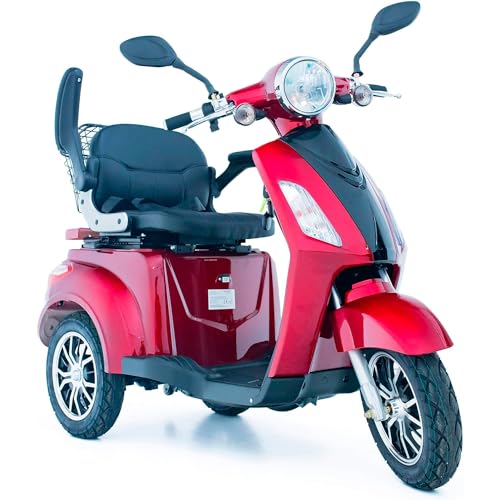Scooter Green Power
Scooters are a great and safe way to travel. Scooters are also eco-friendly. It is important to conduct your research prior to buying one.
Despite being carbon-free scooters come with hidden costs. The mining and production processes used by the batteries used to power electric scooters produce significant emissions. The environmental impact of transporting scooters from charging stations to places where riders leave them is also more significant.
Battery Life
Battery is one of the most crucial components of any scooter. It has a major impact on the eco-friendliness of your scooter. This is because when the battery dies it releases harmful chemicals into the air that could have a significant ecological and economic impact.
Electric scooters are highly energy efficient, using just a tiny fraction of the energy that cars do when driving the same distance. This can help reduce the amount of pollution in the air as well as climate change and traffic congestion. They still produce a small amount when charging. If the source is renewable sources, it can make the e-scooter even more eco friendly.
In addition, many scooters have swappable batteries which can be used with other scooters in a fleet, reducing the requirement for companies to transport them to recharge. Some companies are also experimenting with hyper local energy production, which allows the grid to use the power stored in batteries to regulate demand and supply.
If you intend to use your scooter for long journeys take a look at buying a bigger battery or a second one that can be swapped out. This will allow you to go further without having to stop and recharge the battery as often. This is important when you live in an area that experiences extreme weather conditions. It is also a great idea to charge the battery prior to when you store it for weeks or months. If you don't do this, it could result in the battery not keeping a charge until you need it again and can be a hassle and potentially dangerous.
In general electric scooters are greener than other vehicles or modes of transport. green power scooters emit less greenhouse gases that contribute to global warming, and require less raw materials to make. They can be powered by clean electricity, which can significantly reduce their carbon footprint. However, it is important to consider the entire life cycle of a scooter when considering its sustainability. This includes the manufacturing process and the energy required to charge it, as well as its disposal.
Design
The design of electric scooters can influence their green power credentials. For example, scooters with regenerative braking systems can convert some of the energy that would otherwise go to waste into additional battery life, which allows them to travel further with each charge. A lot of scooters can be designed to travel shorter distances, thereby reducing the number of car trips required. And, unlike traditional vehicles, scooters emit no carbon dioxide during use.
However, it is important to consider the environmental impacts of the entire lifecycle of an electric scooter. This includes the extraction and manufacturing of raw materials as well as the disposal at the end of life. The production of lithium Ion batteries is energy-intensive and can cause habitat destruction as well as soil and water pollution as well as greenhouse gases. In addition, transportation and mining of raw materials can also be a significant threat to the environment.
Another issue with scooters is their inability to last. The average scooter only lasts around a month or so on the streets before it is taken away. This could require scooter companies to mine more aluminum and engage in more shipping and other activities that consume resources. Since most scooters are rented instead of being owned by the owner, they must be collected and transported (often in cars) to a charging station when their batteries have run out.
Scooters could contain hazardous wastes that could be a threat to the environment and public health. If the waste isn't properly recycled, it may end up in landfills and rivers, where people and wildlife could be at risk.

Scooters are better for the environment overall than traditional vehicles. However there are some issues that need to taken care of before they can be considered totally green. If all scooters were built with 100% recyclable materials, and if the power they ran on was sourced from renewable sources, then they would be a completely carbon-free mode of transportation.
Maintenance
The price of an electric scooter is lower than that of an ordinary vehicle. However, it still requires regular maintenance. The battery pack is the primary element to be considered. It must be recharged regularly and replaced when it is nearing the end of its life. The speed controller also plays a role in this as well. This can impact the performance if it is malfunctioning.
If the scooter stops or cuts out while riding, this is typically a sign of a faulty battery pack. It could also be due to a fuse or a battery charger that isn't working properly. Check that the charger's indicators are green (charging) and not red (off). It is a good idea to recharge the scooter each time it's stored, even if you don't use it.
Another common problem is a defective normally closed brake lever switch. To test for this, unplug the wire from the brake lever switch and bridge the terminals together in the controller's connector that the wire is disconnected from. If the scooter continues to run without stopping, the switch is malfunctioning.
Scooter services allow people to drive trucks and cars all the time, and they bring back electric scooters that have run out of juice. This type of service helps keep their fleet in good condition. It also allows them to charge the batteries before the next trip. Many people do not have this luxury, and have to replace their scooters if they run out of power.
